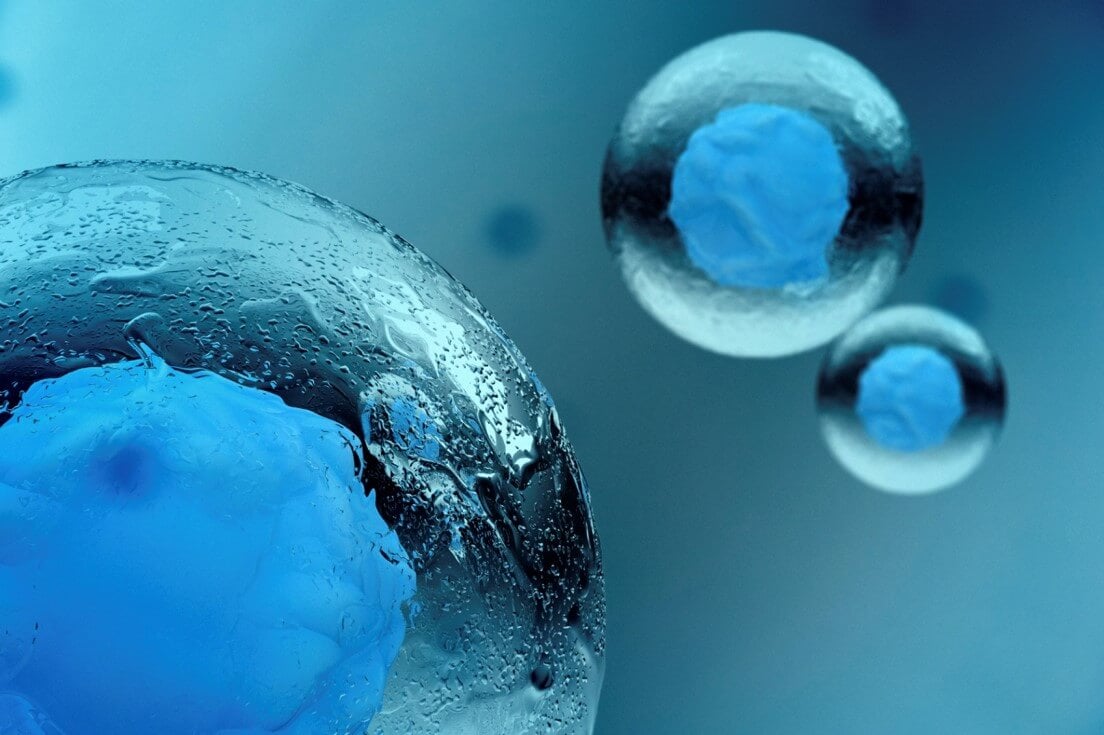- Get link
- X
- Other Apps

For many years of work, biologists have developed a huge library of cellular structures and the corresponding data. The study of specific areas of a living cell includes a step-by-step approach that determines how individual parts work with others, and cell marking. The Allen Institute of Cellular Sciences launched the first predictive 3D model of the living cell of man - Allen Integrated Cell - and it can "completely change the game," according to scientists.
"This is a new way to look inside the human cells," says Rick Horwitz, executive director of the Allen Cell Sciences Institute. "It's like watching the whole cell for the first time. In the future, this will affect the discovery of drugs, the study of diseases and how we build fundamental research involving human cells. "
To create a breakthrough model, scientists have edited the genes of a huge collection of living human cells to include fluorescent protein tags that highlight specific structures within cells. Scientists have made tens of thousands of shots of luminous cells and used AI to create a probabilistic model that predicts the most likely shape and arrangement of structures in any cell, depending on the shape of the plasma membrane and the nucleus.
Then the scientists applied another algorithm of machine learning to these images, which used what was learned from cells with fluorescent labels, to search for cellular structures in cells without fluorescent labels. By combining all the data, the system was able to produce images that look almost identical to images obtained with traditional fluorescence microscopy, which can be costly and toxic.
"Until now, our ability to see what's happening inside human cells has been very limited," says Michael Elovitz, professor of biology, bioengineering, and applied physics at the California Institute of Technology. "Previously, we could see only those proteins that are selectively noted. But Allen Integrated Cell is the perfect free lunch. We have a "buffet" of various proteins and organelles, nothing specifically highlighting. This opens up a completely new and powerful way of studying cell biology. "
Recall, earlier scientists also learned to investigate the work of CRISPR outside human cells - in vitro.
The article is based on materials .
- Get link
- X
- Other Apps
Comments
Post a Comment